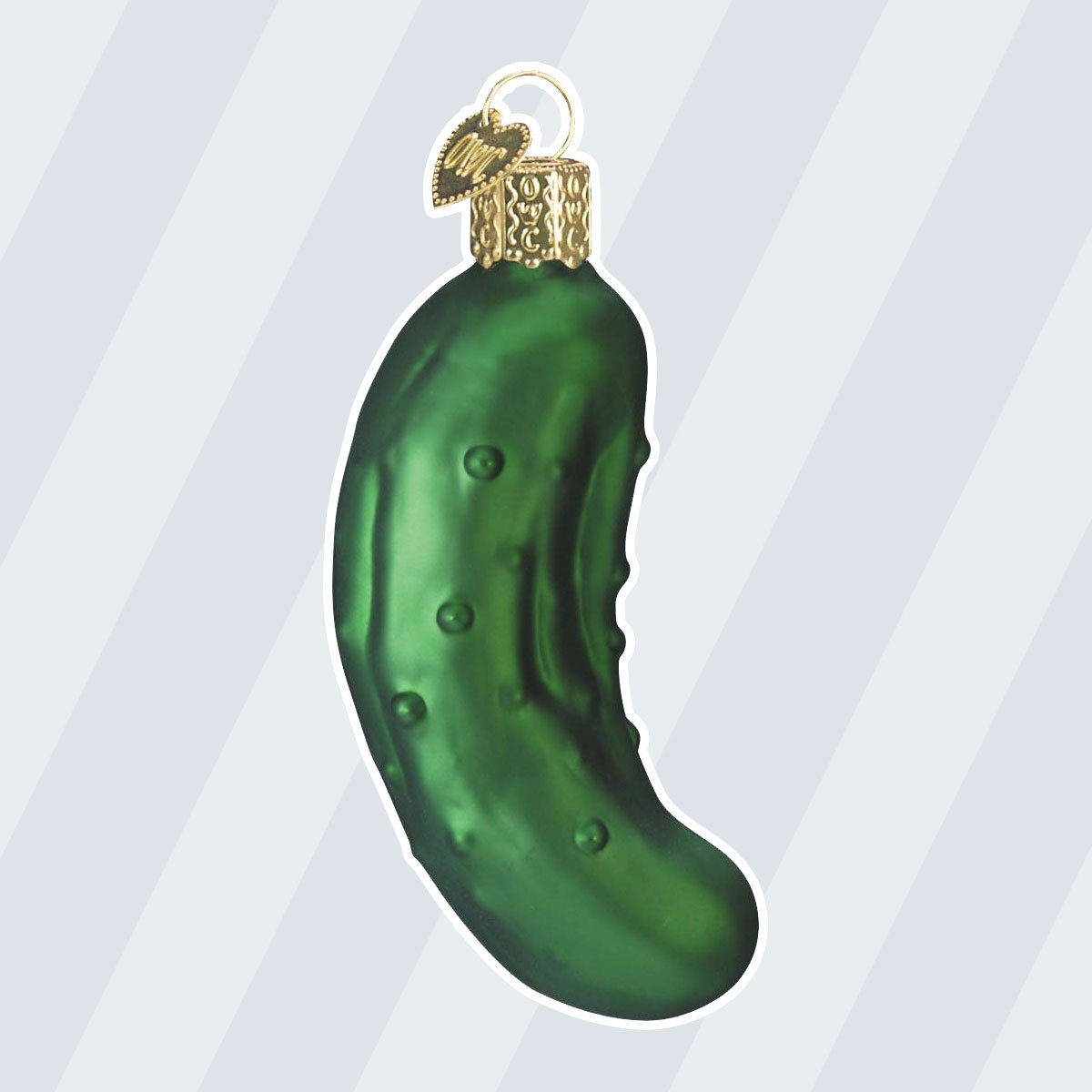
The Pickle
Plenty of myths surround the pickled-shaped Christmas ornament. The most popular story is that it’s an old German tradition, though that may not be exactly true. Now, many parents hide the pickle ornament on the tree, and the lucky child who finds it on Christmas morning gets to open the first gift.
Find out why Christmas is on December 25.
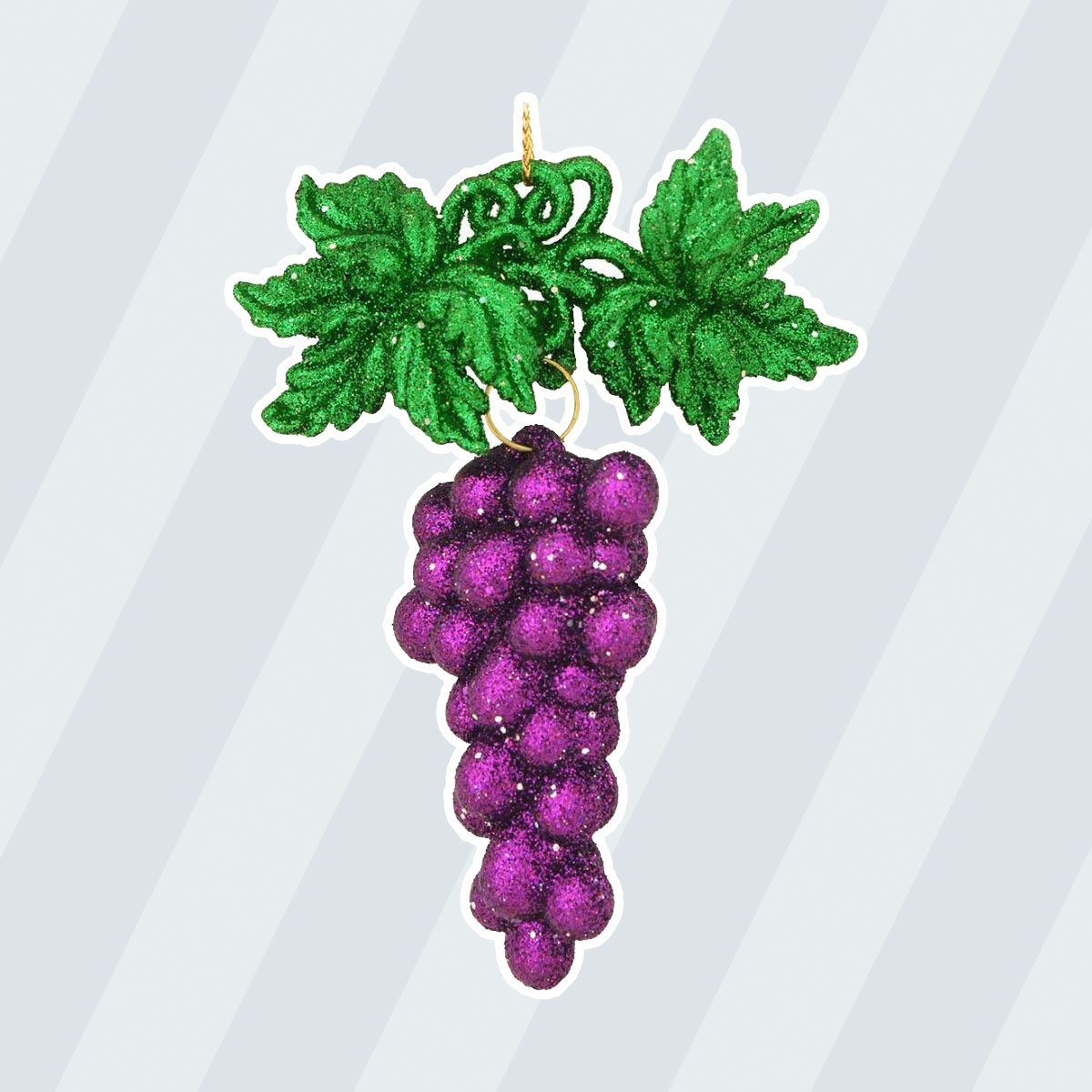
Grapes
If you have one of the original German-made Christmas ornaments from the 1840s, known as kugels, they can be worth up to $1,000! Although the word kugel means “round ball” in German, original kugels were made in the shape of grapes, apples, pears, pine cones, eggs and even artichokes.
Check out these holiday food traditions from around the world.
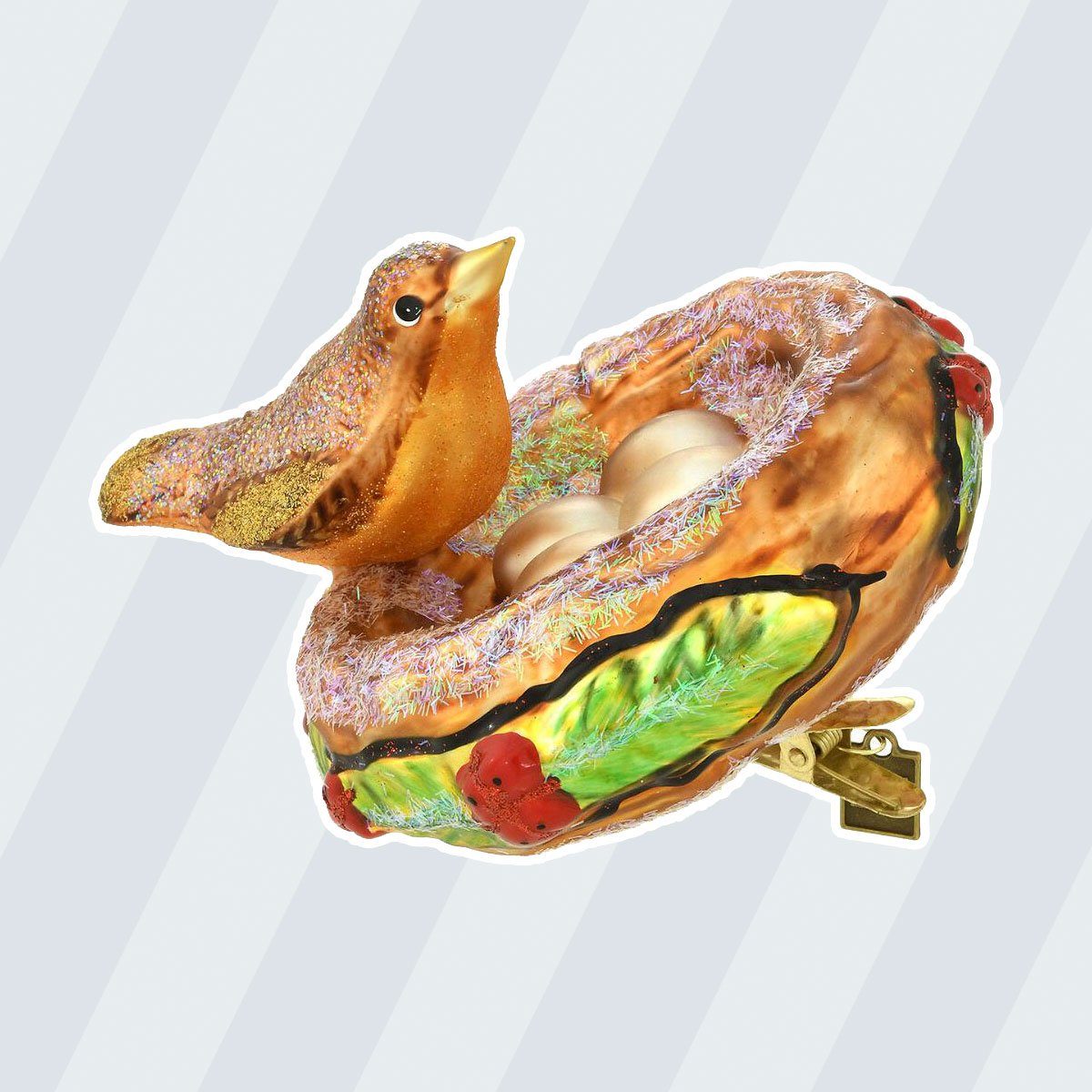
Bird Nest
Inge-Glas in Germany is the oldest Christmas ornament company in the world. Their hand-painted ornaments are heirloom quality and only made in limited quantities. According to many ornament shops, Inge-Glas bird nest ornaments are symbols of the love, commitment and effort it takes to build a happy home. Nestle a bird nest ornament in your Christmas tree and legend has it you will be blessed with good fortune.
Discover the fascinating stories behind your favourite Christmas traditions.
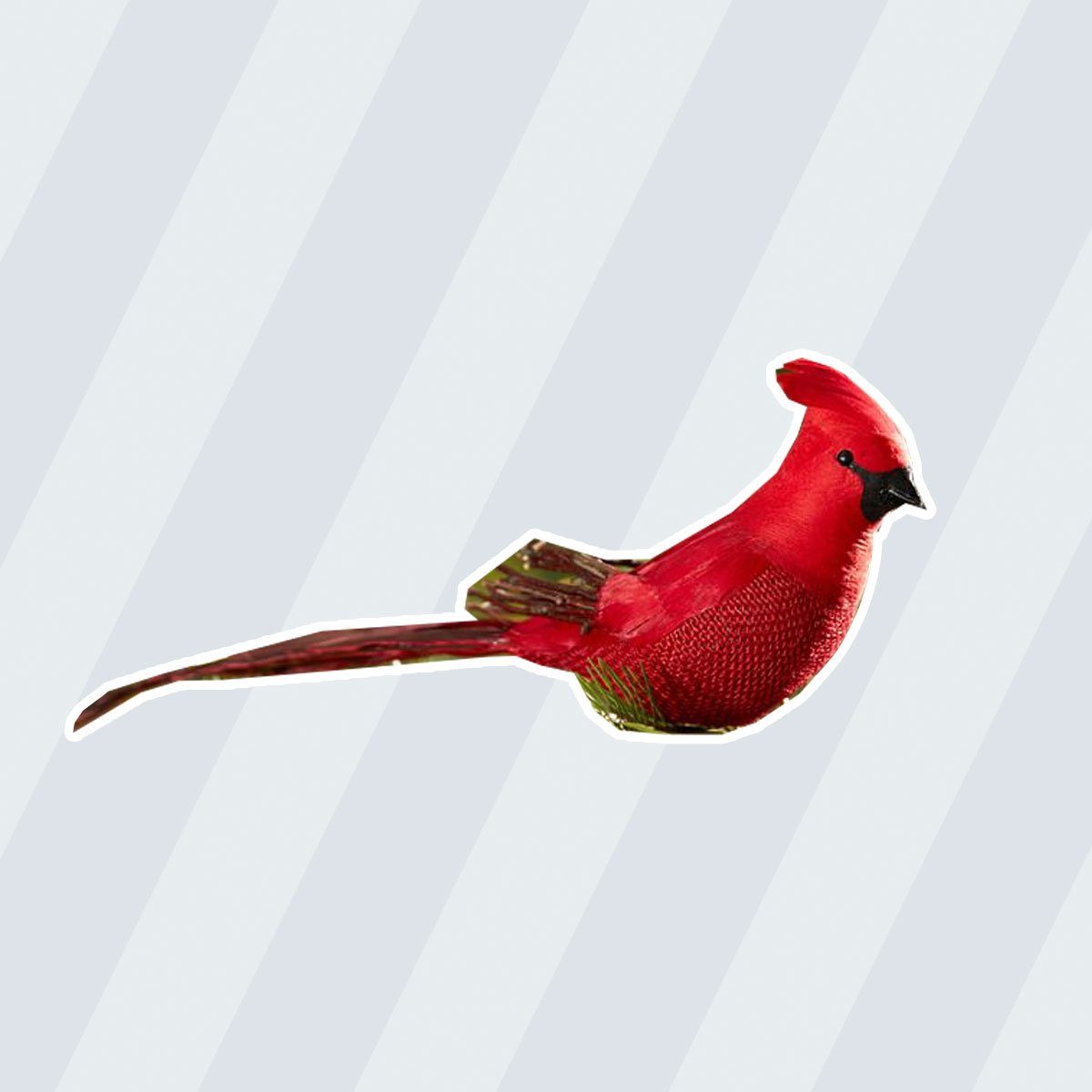
Red Cardinal
Cardinals often appear in Christmas decor. Our cheery scarlet feathered-friend is often symbolized as the Christmas mascot, bringing hope to a bleak wintry landscape. Others say the red cardinal symbolizes lost loved ones. You can clip this ornament on your tree in memory of the family and friends that are no longer with you during the holidays.
Have more fun over the holidays with these secrets for decorating Christmas cookies.
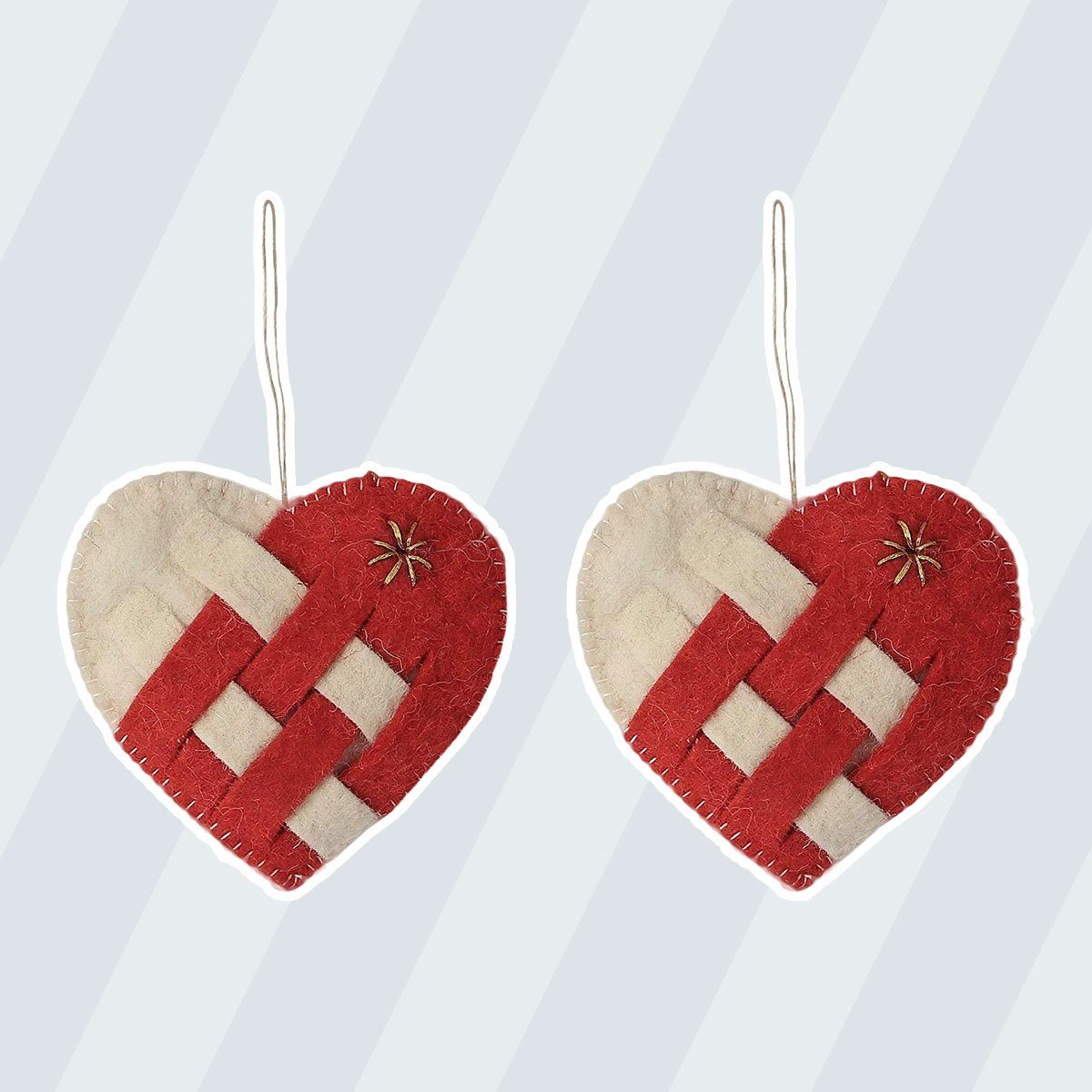
Woven or Pleated Heart
The woven heart is a tradition from Denmark and can be seen hanging in the homes of Danish families across the world. Many fill the paper or felt hearts with candies or nuts and hang them on the Christmas tree. For a fun Christmas activity, whip up one of these festive seasonal recipes with your kids. Then hang your own woven heart!
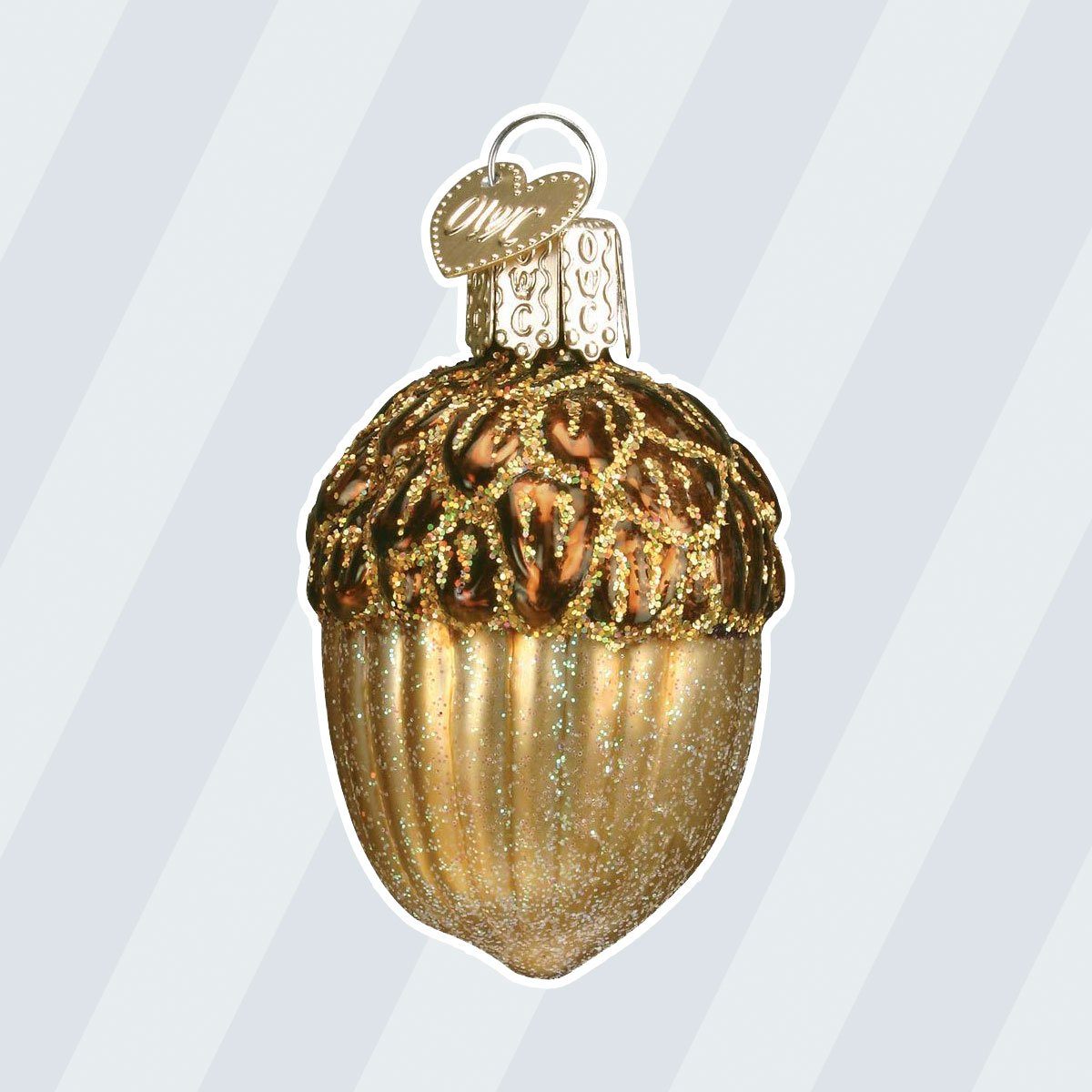
Acorn
Did you know the oak tree is the national tree of Germany? The oak tree was sacred to ancient Germans, representing strength and good luck. Many early German Christmas trees were adorned with acorn ornaments to symbolize the little acorn becoming the mighty oak. Put one on your Christmas tree for a lucky year!
From grocery shopping to cooking to using up the leftovers, we’ve gathered some genius holiday tips to help you through the season.
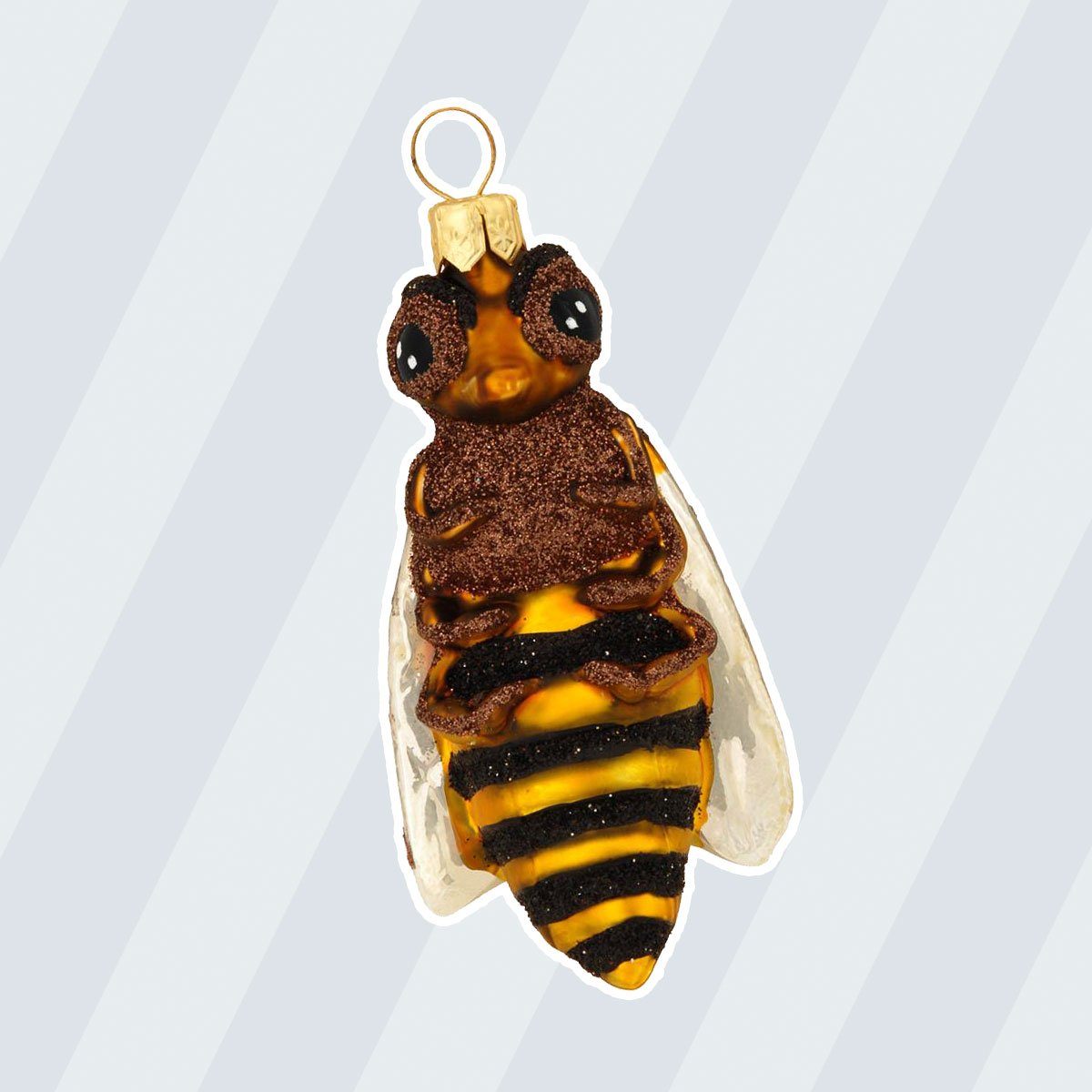
Bee
According to Bronner’s Christmas Wonderland, your tree might just need a bee ornament. The bee represents resourcefulness and order. In England, farmers decorated their beehives with holly because they believed that at the first Christmas, bees hummed in honor of baby Jesus.
These holiday party planning tips will ensure your Christmas or New Year’s bash is the highlight of the season.
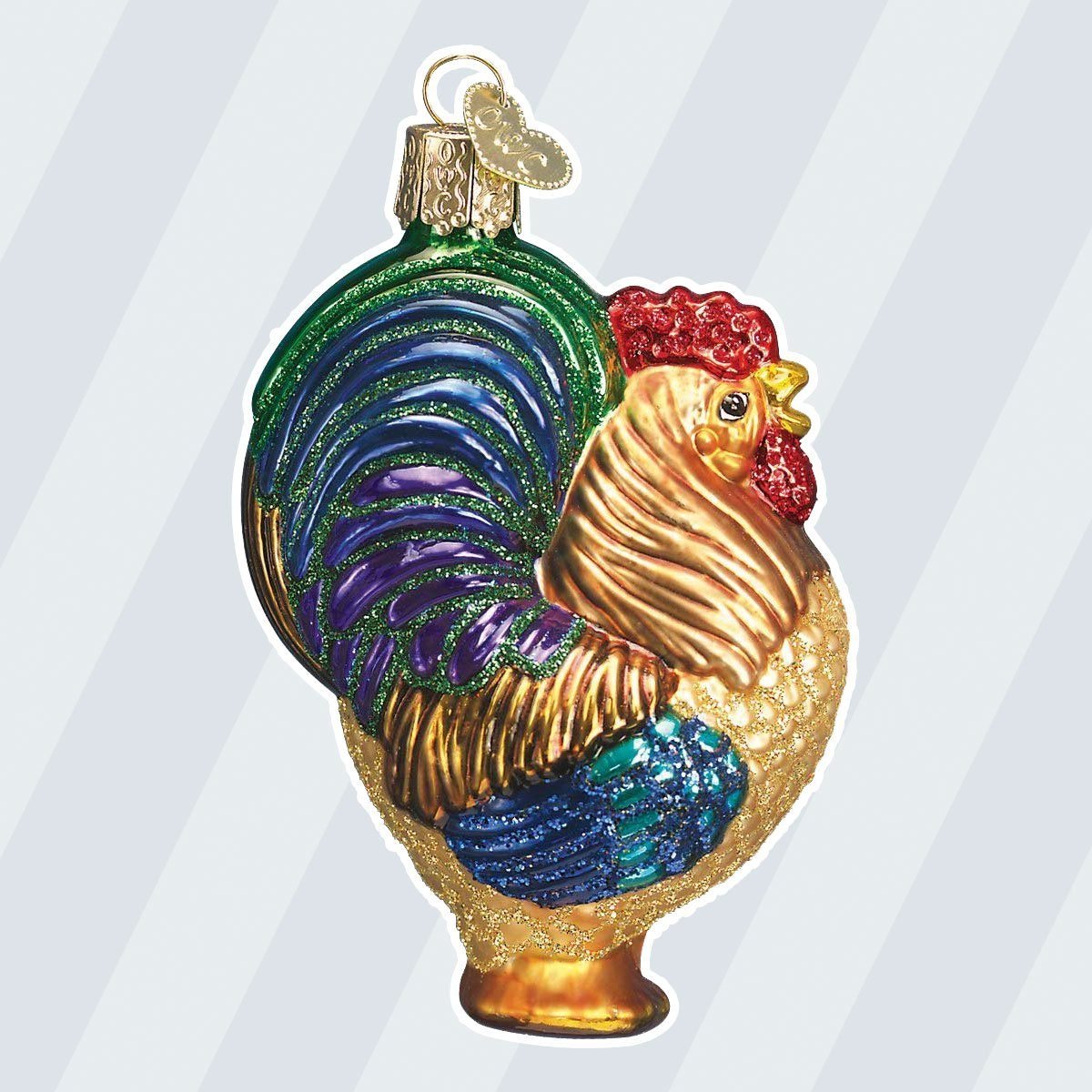
Rooster
A crowing rooster is probably not the first image that comes to mind when you think of Christmas. But according to legend, the only time a rooster crowed at midnight was to announce the birth of baby Jesus. This is also why Spanish and Latin American countries call their Christmas Eve midnight mass the Mass of the Rooster, or Misa de Gallo.
Next, check out the best Christmas markets in Canada.